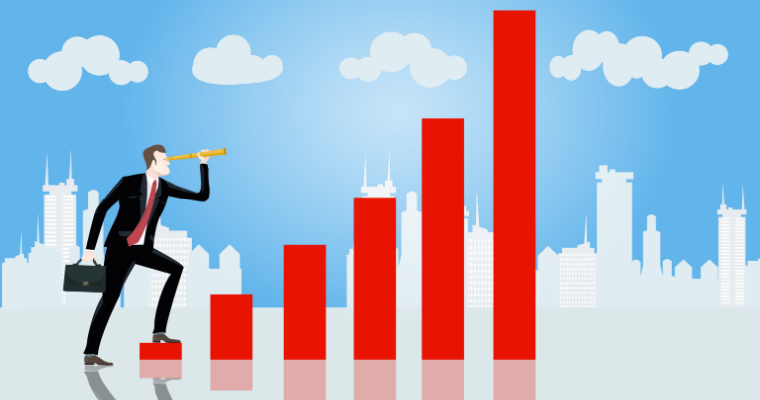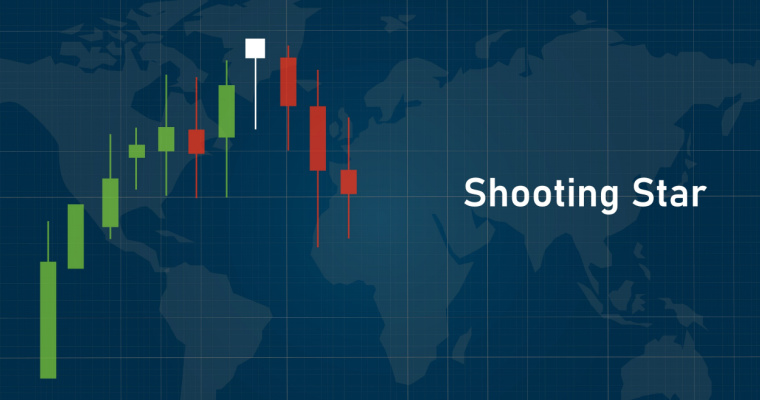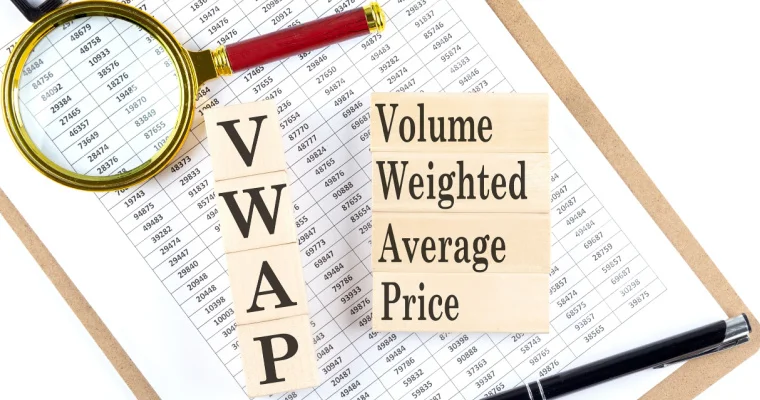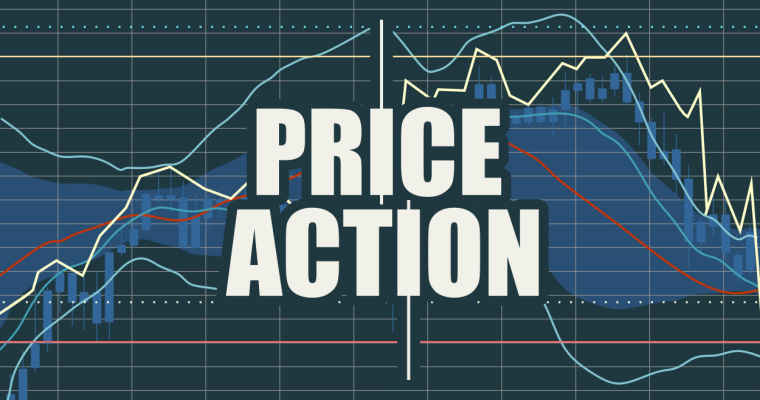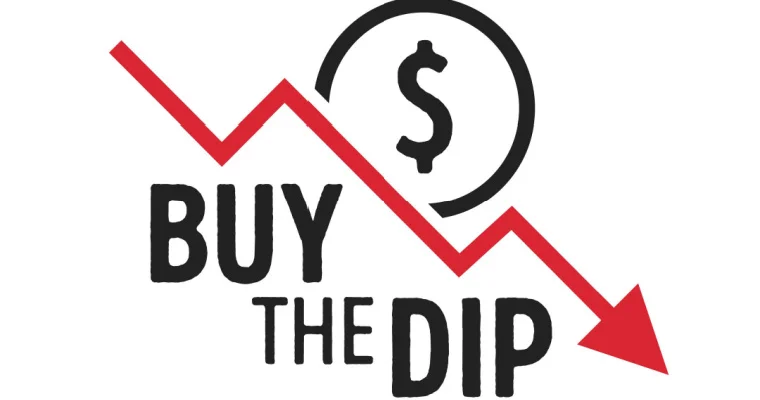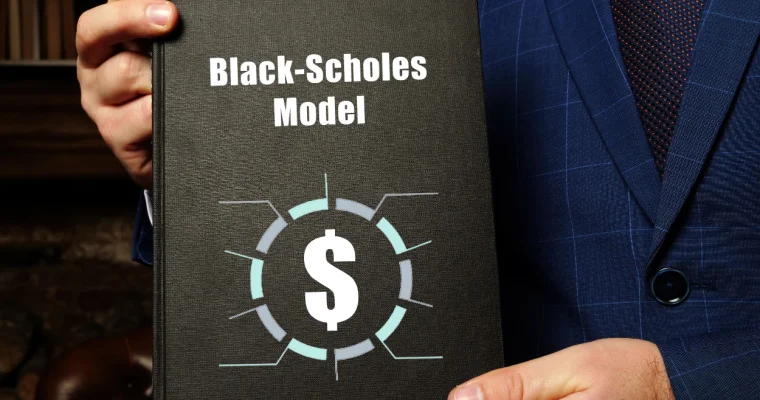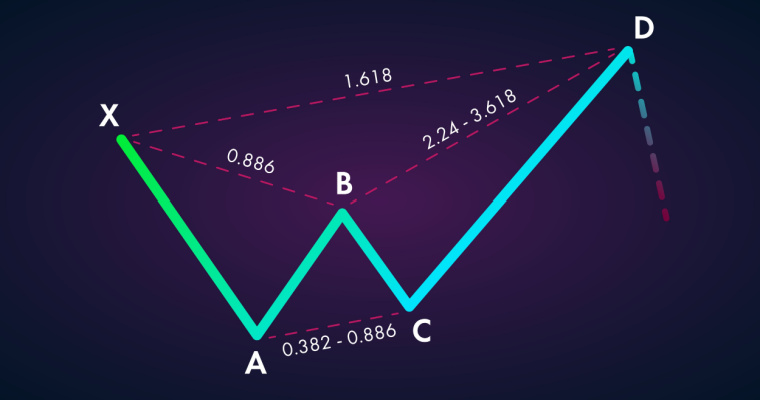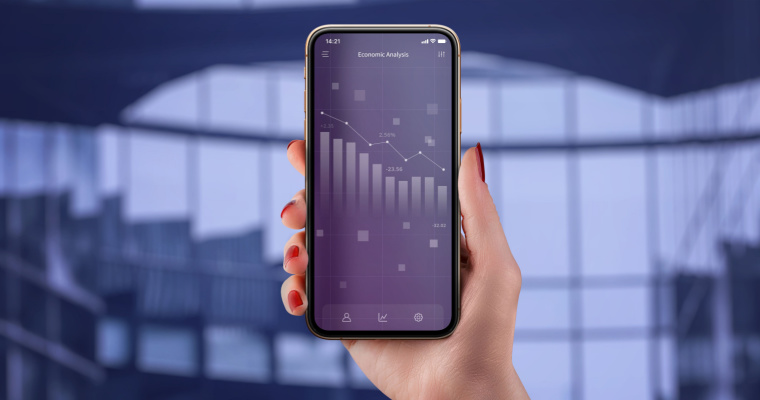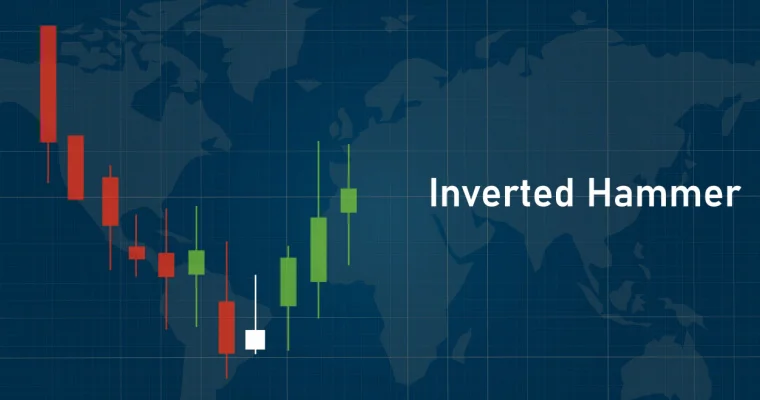What is K-shaped Recovery: Indication, Example and
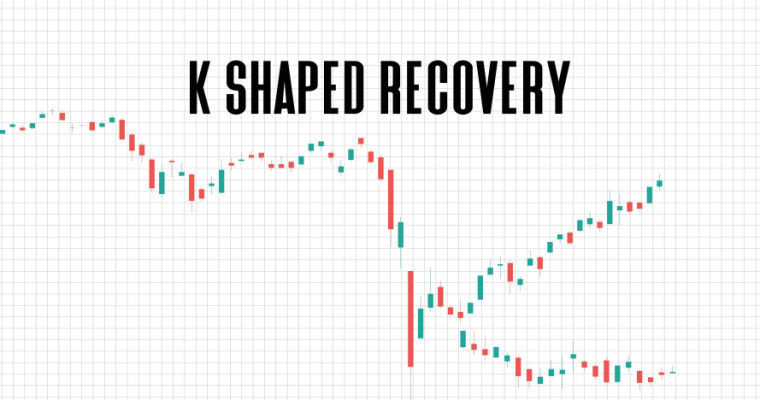
Economies go through multiple phases in business cycles. One such phase is a recession which is marked by a slowdown in economic activity. Economic recovery may not be uniform for all sectors and industries. This is why economists use different shapes marked by alphabetical letters to mark the speed and magnitude of economic recovery. One such example is K-shaped recovery where different parts of the economy recover at different rates.
In this blog, we will explore the K-shaped recovery model and its link with the 2020 coronavirus-induced global economic distress. Read on!
What is K-Shaped Recovery?
A K-shaped recovery (also K-shaped economy or a K-shaped economic recovery) refers to a post-recession recovery period that isn’t uniform but takes two divergent paths.
Some sectors, and some sections of society, witness an uptrend in income. Other sectors, and other sections of society, continue to experience the effects of the recession or are – in effect – still amidst a recession.
That’s the term K-shaped recovery is used interchangeably with K-shaped recession (although the terms might at first seem to be contradictory) because in a sense, the recession continues.
K-shaped Recovery of the Stock Market
When you see a K-shaped recovery graph on the stock market, you will notice that the stock prices of companies operating sectors that managed to adapt (or found an opportunity – like web conferencing and lab testing) start to climb. On the other hand, the K-shaped recession continues, and stock prices of companies within sectors that suffered continued to struggle. You might call this K-shaped inflation of stock prices because some stock prices embark on an uptrend, while others continue their downtrend.
A K-shaped economic recovery of the stock market differs from L-shaped, V-shaped, U-shaped and W-shaped recovery shapes, which indicate a more cohesive recovery. We will address these more common shapes a little later in this article.
What Causes a K-Shaped Recovery?
A K-shaped economy is caused by a recession that impacts different social groups and different sectors to varying levels. This is often compounded by fiscal schemes by the government that, although well-intended, end up benefiting some sectors and some segments of the population more than others.
Examples of K-Shaped Recovery
An excellent example of K-shaped recovery can be seen when you look at household income of various sections of society in India.
In data released by a not-for-profit think-tank, PRICE, we see that the income of the poorest 20% of India’s households declined by 53%, a stark contrast to the richest 20% of the nation’s households, which witnessed a 39% increase in their income.
This K-shaped, extremely disparate rate of recovery is not unique to India. In the US, too, polarized rates of recovery are being witnessed, linked to ethnicity/ race. A US-based think-tank, Pew Research, found that while less than 38% of white households experienced job loss amidst the pandemic, nearly 44% of black households experienced job loss, and over 61% of Hispanic households suffered a job loss.
Implications of the K-Shaped Recovery
A k-shaped recovery perpetuates and accentuates inequality in a nation. This has the potential to impact consumption because only the parts of society that benefit from recovery can be relied upon to continue consuming.
In the long run, sections of society that are experiencing continued negative impacts of the recession will not have the capacity to continue spending.
Other Types of Economic Recovery
Let’s take a look at the V-shaped, W-shaped, and U-shaped recoveries to understand how the K-shaped economic recovery is unique (and also far from desirable as compared to its peers.
- V-shaped Recovery: This is the most desirable type of recovery because although the economy takes a bad hit due to some shock wave, it recovers immediately. A sharp downtrend, followed by a sharp uptrend combine to make the V-shape. This might happen after some momentary bad news.
- U-shaped Recovery: Less desirable than the V-shape but definitely not a worst-case scenario, the U-shaped recovery is characterized by a lull following the initial dip. There is no uptick for a short period, but the uptrend comes relatively soon.
- W-shaped Recovery: A W-shaped recovery is easily recognized by multiple dips and spikes. Also referred to as a double-dip recession, a W-shaped recovery witnesses a decline, followed by a recovery and then another decline before full recovery of the economy.
- L-shaped Recovery: L-shaped recovery is the least desirable economic scenario that a nation can find itself in. The flat portion of the L represents a sustained lull or prolonged stagnation in the economy. After a steep dip, the economy stops sinking further but does not rebound for a long period.
- Z-shaped Recovery: In this type of recovery, a steep dip is followed by an extremely steep incline (far above pre-recession levels) and an eventual rationalization back to pre-pandemic levels. (you need to imagine the Z-shape on an axis or at a slant).
- J- shaped Recovery: Not seen very frequently, and also referred to as a J-curve, this type of recovery sees a small dip and recovery that surpasses prior levels. Like the Z-shape, you need to imagine the alphabet on an incline where the vertical portion of the letter J represents the recovery uptrend.
K-Shaped Recovery vs V-Shaped Recovery
Here are a few differences between K-shaped recovery and a V-shaped recovery of the economy:
| K-shaped recovery | V-shaped recovery |
| K-shaped recovery is considered an uneven outcome after recession | V-shaped recovery is considered the best outcome after a recession |
| It is an irregular and lopsided form of recovery. | 2. It is a rapid and strong form of recovery. |
| Return of the economy to pre-recession levels takes a long time. | 3. Return of the economy to pre-recession levels occurs relatively quickly. |
| Different sectors of the economy recover at different rates. | 4. Different sectors of the economy recover at a steady rate. |
| Denotes widening of economic disparities. | 5. Denotes revival of the economy. |
Was 2020 Recession K-Shaped or V-Shaped?
The 2020 recession due to the coronavirus pandemic is witnessing a K-shaped recovery. The recovery can be credited to adaptability and web conferencing. Many companies switched to remote working overnight to keep their businesses going but for some sectors like restaurants and aviation, films and other forms of face-to-face entertainment suffered losses.
Smaller businesses, people new to the workforce and those in non-critical roles have also been among those who were negatively impacted by the pandemic-induced recession.
Final Word
After a recession, where the economy has undergone a significant overhaul, it is essential to determine what to expect with regard to its revival. To denote the various ways in which an economy bounces back, economists use the shape of alphabetical letters to demarcate the speed and trajectory of economic recovery. One such model is the K-shaped recovery which signifies an uneven road to recovery.
For the nation, a K-shaped recovery has socio-economic implications like rising poverty. As investors, it might mean that our “invest on dips” philosophy is challenged because some sectors might continue to dip, and returns might be a long time in the making.
FAQs
Ans: A K-shaped recovery is characterized by some sections of society and some sectors having the experience that you have described/ are experiencing and other sections of society/ other sectors experiencing a continued downtrend.
A K-shaped recovery also increases the divide between the rich and the poor.
Ans: Pretty much every country in the world is facing a K-shaped recovery. GDP might improve due to fiscal packages and inflation, and rising spending from the sections of society that are less impacted in the divergent K-shaped recovery, where some sectors recover but others experience a continued recession.
Ans: The K-shaped recovery indicates that some sections of the economy and society enjoy a recovery after a sharp decline while other sections continue to decline. There’s some amount of recovery.
L-shaped recovery indicates a prolonged economic lull or a failure to rebound.
It’s hard to decide which is worse because the K-shaped recovery means elevated levels of struggle for low-income groups, but at least the whole economy is not impacted. The government can step in and enable recovery for suffering sectors and sections of society.
Disclaimer
This article is solely for educational purposes. Navi doesn't take any responsibility for the information or claims made in the blog.

Illiquid Stocks Guide: Definition, Examples, and its Working
Illiquid stocks are part of a long-term investment strategy that is appropriate for investors who a... Read More »What is Shooting Star Candlestick Pattern in Trading?
The shooting star candlestick pattern is considered to be a bearish reversal candlestick ... Read More »What is VWAP Indicator and How to Use it for Trading
The VWAP indicator shows the volume-weighted average market price of a particular stock. You can us... Read More »What is Price Action Trading: Its Strategy, Stop Loss and Profit Targets
Price action trading is a methodology in which the trader solely relies on analysing a security’s... Read More »What is Buy the Dip Strategy in Trading – Working and Example
‘Buy the dip’ is one of the most common phrases in the stock market. It is sort of a go-t... Read More »What is the Black Scholes Model – Formula, Calculation and Assumptions
Among the important concepts in modern financial theory, the Black Scholes model, developed in 1973... Read More »What is Iron Condor and What are its Strategies?
Iron Condor is an options trading strategy that involves four options with the same expiration date... Read More »What is Harmonic Pattern and How Does it Help in Trading?
Harmonic patterns are one of the most efficient and effective trading patterns. Although they are m... Read More »What is a Contract Note and Why is it Important?
Contract note is a legal document containing the details of every stockbroker's trade on a stock ex... Read More »Guide to Book Building – Its Types, Benefits and Process
Initial public offerings (IPOs) are priced as specified by their underwriters. The process by which... Read More »Support and Resistance in Trading: Working, Strategies, Uses and Example
Support and resistance are two of the most significant and practical concepts in technical analysis... Read More »What is the Inverted Hammer Pattern and How to Identify It?
The inverted hammer is one of the most popular candlestick patterns and is considered essential for... Read More »Top 10 Chit Fund Schemes in India in 2023
Chit funds are one of the most popular return-generating saving schemes in India. It is a financial... Read More »10 Best Gold ETFs in India to Invest in April 2023
Gold ETFs or Gold Exchange Traded Funds are passively managed funds that track the price of physica... Read More »10 Best Demat Accounts in India for Beginners in 2023
Creation of Demat accounts revolutionised the way trades were conducted at the stock exchanges. It... Read More »20 Best Index Funds to Invest in India in April 2023
What is an Index Fund? An index fund is a type of mutual fund or exchange-traded fund (ETF) that... Read More »Best Arbitrage Mutual Funds to Invest in India in April 2023
Arbitrage funds are hybrid mutual fund schemes that aim to make low-risk profits by buying and sell... Read More »10 Best SIP Plans in India to Invest in April 2023
What is SIP? SIP or Systematic Investment Plan is a method of investing a fixed amount in ... Read More »10 Best Corporate Bond Funds in India to Invest in April 2023
Corporate bond funds are debt funds that invest at least 80% of the investment corpus in companies ... Read More »10 Best Bank for Savings Account in India [Highest Interest Rate 2023]
Savings account is a type of financial instrument offered by several banks. It lets you safely depo... Read More »










